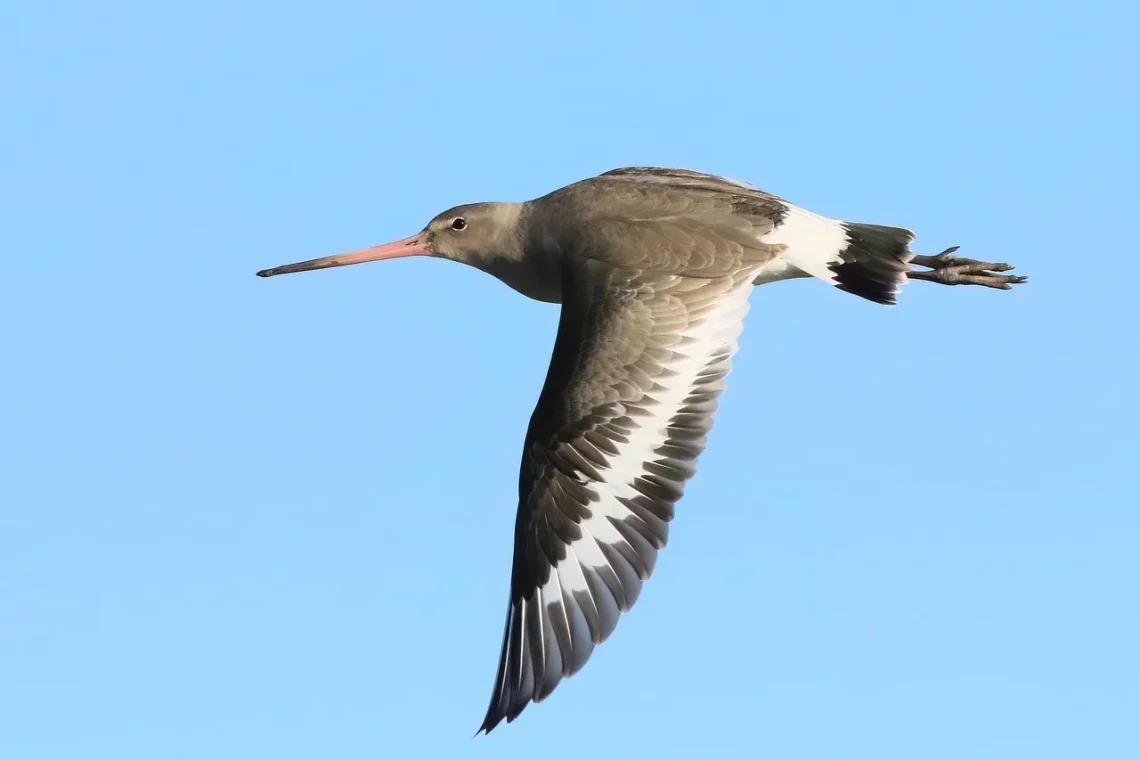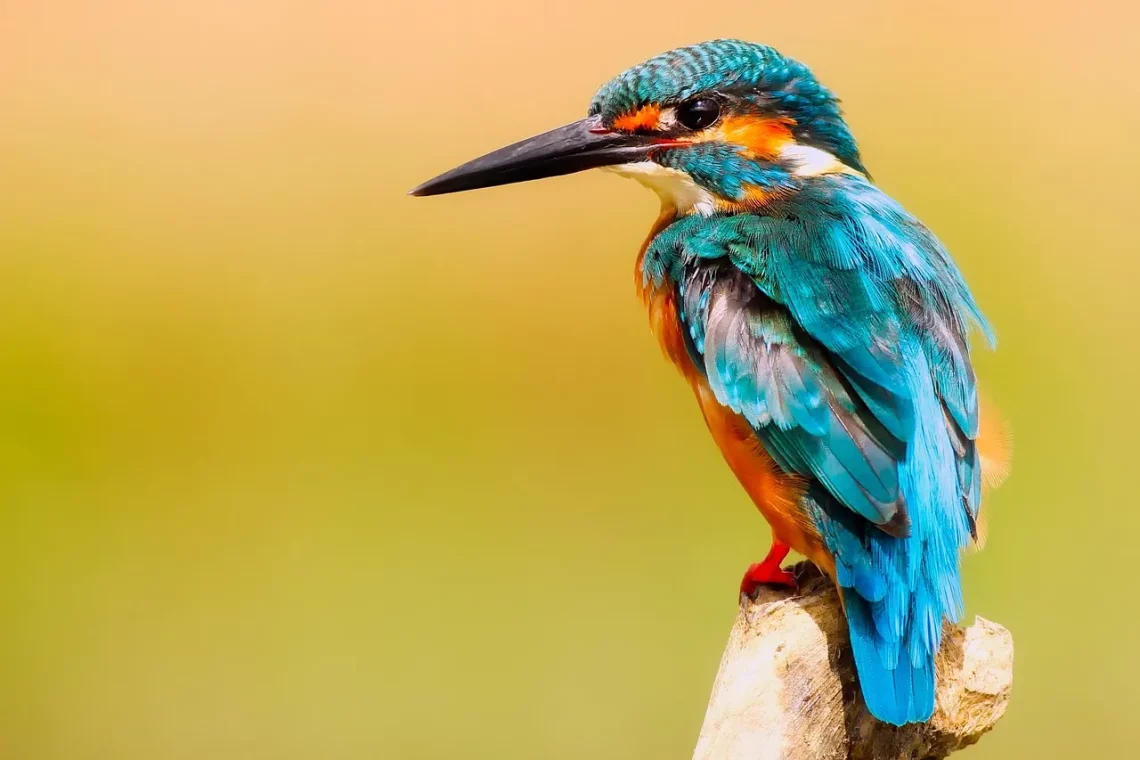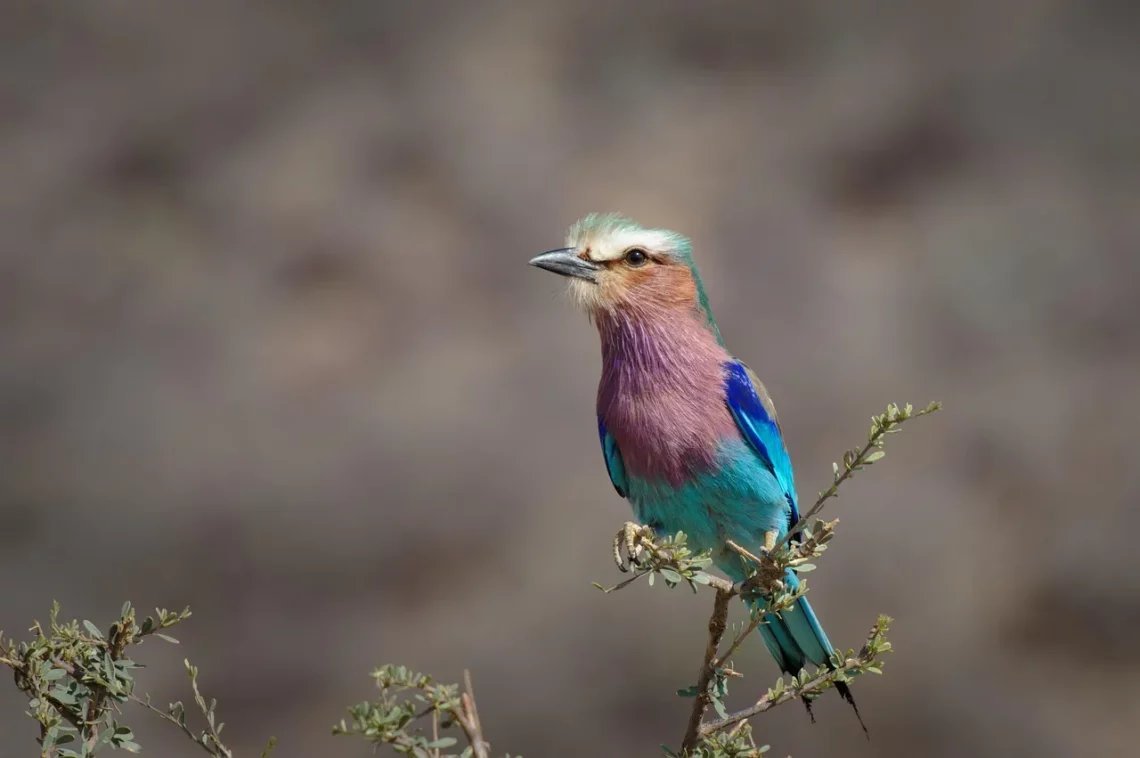-
Exploring the Unique Features of the Bird Digestive Tract
Birds are among the most fascinating creatures in the animal kingdom, not only for their ability to soar through the skies but also for their complex biological systems. One of the most intriguing aspects of avian biology is their digestive system, which has evolved to meet the unique dietary needs of various bird species. Unlike mammals, birds possess specialized structures and processes that enable them to efficiently digest food, extract nutrients, and eliminate waste. The design and functionality of the bird digestive tract reflect a remarkable adaptation to their lifestyles, feeding habits, and ecological niches. Understanding how birds process food provides valuable insights into their behavior, ecology, and evolution. The…
-
The Fascinating World of Bird Butts and Their Unique Features
Birds are some of the most fascinating creatures on our planet, showcasing a remarkable diversity of behaviors, colors, and adaptations. While we often marvel at their soaring flights and melodious songs, there’s an equally intriguing aspect of avian anatomy that deserves attention: their posterior regions, commonly referred to as “bird butts.” These often-overlooked features play significant roles in the lives of birds, influencing everything from mating rituals to survival strategies. In the world of ornithology, the rear end of a bird is not merely an aesthetic detail; it serves various biological functions that are crucial for the bird’s overall health and well-being. From the unique feather arrangements that provide insulation…
-
Understanding the Conversion of Bird Years to Human Years
Understanding the Conversion of Bird Years to Human Years Birds are fascinating creatures that have captured human imagination for centuries. Their ability to soar through the sky, their diverse colors and patterns, and their unique behaviors make them a subject of interest for both casual observers and avid birdwatchers. Yet, despite their prominence in our world, many people are unaware of the complexities behind their life cycles, particularly when it comes to age. Unlike humans, birds age in a way that is not directly comparable to our own lifespan. Understanding how to convert bird years into human years can provide valuable insights into their biology, behavior, and care needs, especially…
-
Understanding the Conversion of Bird Years to Human Years
Understanding the Conversion of Bird Years to Human Years Birds are some of the most fascinating creatures on our planet, captivating us with their vibrant colors, melodic songs, and intricate behaviors. They occupy a wide range of habitats, from dense forests to open plains, and they play essential roles in our ecosystems. However, many bird enthusiasts and pet owners often find themselves pondering a common question: how do we translate a bird’s age into human years? This inquiry is not just for curiosity’s sake; understanding the relative ages of birds can help us provide better care for them and foster deeper connections with these remarkable animals. The lifespan of birds…
-
Can Chickens Smell? Discovering Their Sense of Smell Explained
Chickens are often underestimated when it comes to their sensory abilities. While many people are familiar with their visual and auditory capabilities, the question of whether chickens can smell is less frequently explored. In fact, chickens possess a surprisingly advanced sense of smell that plays a critical role in their daily lives. Smell is an essential part of how chickens interact with their environment, find food, and even communicate with each other. The olfactory system in chickens is quite different from that of mammals. While they may not have as developed a sense of smell as dogs or certain other animals, chickens do have olfactory receptors that enable them to…
-
Exploring the Science Behind Cloning a Cock for Breeding Purposes
Cloning has long captivated the imagination of scientists, ethicists, and the general public alike. The ability to create a genetically identical organism raises profound questions about identity, ethics, and the future of biological science. While popular culture often highlights the more sensational aspects of cloning, such as the creation of extinct species or the possibility of cloning humans, the practical applications of cloning technology are vast, particularly in agriculture and animal husbandry. One area of interest is the cloning of livestock, including roosters, for breeding purposes. This practice not only promises to enhance desirable traits in poultry but also contributes to the sustainability of farming practices. As the global population…
-
How Does a Parrot Absorb Sunlight Through Its Feathers?
Sunlight plays a vital role in the natural world, influencing everything from the behavior of plants to the habits of animals. Among the most colorful and intelligent of birds, parrots are particularly fascinating when it comes to their interaction with sunlight. These vibrant creatures have evolved unique adaptations that allow them to thrive in their natural habitats, which often include sun-drenched tropical environments. Parrots are not just known for their ability to mimic human speech; they also possess remarkable features that help them absorb and utilize sunlight effectively. This ability is crucial for their survival, as sunlight is a primary source of energy for the ecosystems in which they live.…



























